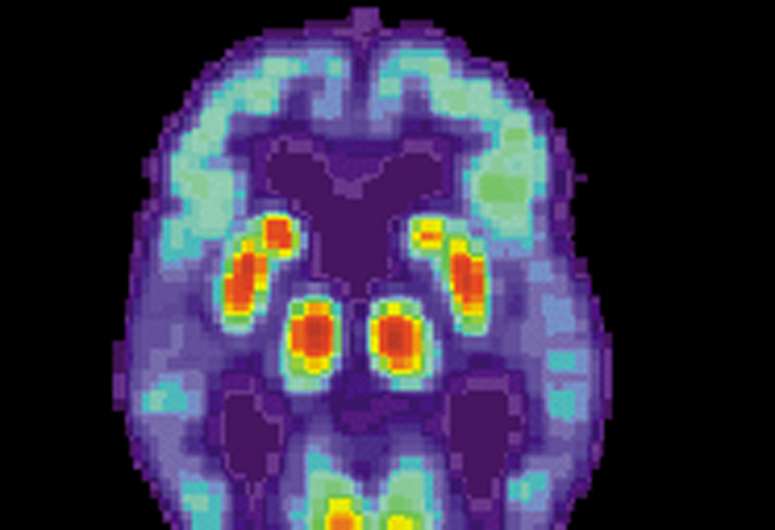Bacteria found in Alzheimer's brains

Researchers in the UK have used DNA sequencing to examine bacteria in post-mortem brains from patients with Alzheimer's disease. Their findings suggest increased bacterial populations and different proportions of specific bacteria in Alzheimer's, compared with healthy brains. The findings may support evidence that bacterial infection and inflammation in the brain could contribute to Alzheimer's disease.
Alzheimer's disease is a neurodegenerative disease that results in cognitive decline, and eventually death. In the brain, the disease causes neurons to die and break down, and involves high levels of a peptide called amyloid and aggregations of a protein called tau. However, scientists are coming to appreciate that inflammation may also play a role.
"Alzheimer's brains usually contain evidence of neuroinflammation, and researchers increasingly think that this could be a possible driver of the disease, by causing neurons in the brain to degenerate," says David Emery, a researcher from the University of Bristol, and an author on the study, which was recently published in Frontiers in Aging Neuroscience.
So, what's causing this inflammation? Some genetic risk-factors for Alzheimer's disease can have effects on the inflammatory response, but infection may also play a role. "Neuroinflammation in the brain may be a reaction to the presence of bacteria," says Emery. The brain is normally sealed behind specialized blood vessels that make it very difficult for things like bacteria in the blood to enter. However, at least one of the genetic risk-factors for Alzheimer's disease may cause these blood vessels to lose some of their integrity, which could allow bacteria to enter and colonize the brain.
The research team set out to discover if there were any differences in the types of bacteria present in brains from Alzheimer's disease patients and healthy brains. "Previous studies looking at bacteria in the Alzheimer's brain have primarily investigated specific bacterial species," explains Shelley Allen, another researcher involved in the study. "We wanted to use an unbiased method to obtain the fullest overview possible of the entire bacterial population in the Alzheimer's brain, and compare these results with those from a healthy aged brain."
The researchers analyzed eight Alzheimer's and six healthy brain samples from a brain bank, where people donate their brains after death for medical research. They used a technique called next generation sequencing (NGS) to detect specific bacterial genes. "NGS technology allows millions of these DNA molecules to be sequenced at the same time, providing an unbiased overview of a complex bacterial population," explains Allen.
They found that the Alzheimer's brains contained different proportions of specific bacteria compared with the healthy brains. "Comparing the bacterial populations showed at least a tenfold higher ratio overall of Actinobacteria (mostly P. acnes) to Proteobacteria in the Alzheimer's brain compared with the healthy brain," says Emery.
However, the researchers were surprised to find that there also appeared to be more bacteria in the Alzheimer's brains. "Unexpectedly, Alzheimer's brains gave on average an apparent 7-fold increase in bacterial sequences above that seen in the healthy brain," says Allen. "The healthy brains yielded only low levels of bacterial sequences, consistent with either a background signal or normal levels present in the blood stream in brain tissue."
The team caution that the NGS method does not directly indicate actual bacterial numbers, and further work will be required to confirm that bacteria play an active role in Alzheimer's disease. "We need quantitative studies on the bacterial presence in the brain," says Allen. "Larger numbers of brain samples are required, and future studies should also investigate if bacteria are involved in other neurodegenerative diseases involving neuroinflammation."
More information: David C. Emery et al, 16S rRNA Next Generation Sequencing Analysis Shows Bacteria in Alzheimer's Post-Mortem Brain, Frontiers in Aging Neuroscience (2017). DOI: 10.3389/fnagi.2017.00195


















